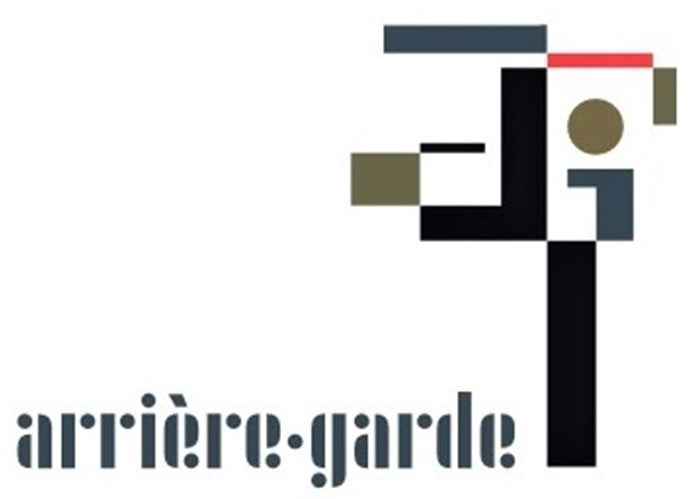
From an ‘artist-centric’ to a ‘collector-centric’ art gallery world: the future of the Art System.
We really feel that, in the future, art businesses will need to further engage with the collector’s soul, rather than focussing on the artist and their artworks to catch collectors’ attention.
The art market and system should increasingly admit that buyers overwhelmingly purchase art to live with it. Hanging artworks at home does not mean diminishing the value of art to mere decoration: it means that art collectors want to appreciate art on a regular basis.

Art collectors have a heart…but has this heart changed? Or has the exponential access to artworks merely given more room to this heart’s feelings, dreams and nature?
At Arrière-Garde, we know that the heart of the collector has always beaten for the preservation of history, for experiencing the thrill of the search, to tell a story, and, ultimately to reveal the personality of who has it in his/her chest.
We also know very well the mind of a collector beyond his/her heart, and that financial profit is not the major reason for buying art. For the true art collector, visual pleasure relating to the artwork’s story and the artist history are the real longstanding values of the art they buy. Creative capital is above and beyond economic capital.
Our collectors tell us that a work’s aesthetic appeal is frequently the gateway to a deeper exploration of the artist and their career. Among active art buyers in the artworld today, only approximately 17% admitted being buying art without significant consideration for the works’ content or the artist’s background or career trajectory. Moreover, when asked about the biggest factors to consider when buying art, collectors reported aesthetics as the most important, cited by 78% of respondents—three times the number that cited an artwork’s potential to increase in value as a key motivating factor.
Collectors also tend to see their homes as a reservoir of personal and cultural meaning, as a beacon of visual experience for guests, and a learning and formative narrative in the field of history of art for their children. And this is yet another reason why art galleries and the market should shift from an ‘artist-centric’ tactic that depicts the artist as an unreachable and glamorous celebrity so to convey the exclusivity and the scarcity of the pieces he/she produces. This for sure creates a halo around the selling process and increases the price point an artist production may reach. However, this also somewhat overlooks the subjective and considerate ways through which collectors engage with art and artists, leaving their true motives and deeper needs not totally fulfilled over the process of acquiring art pieces.
